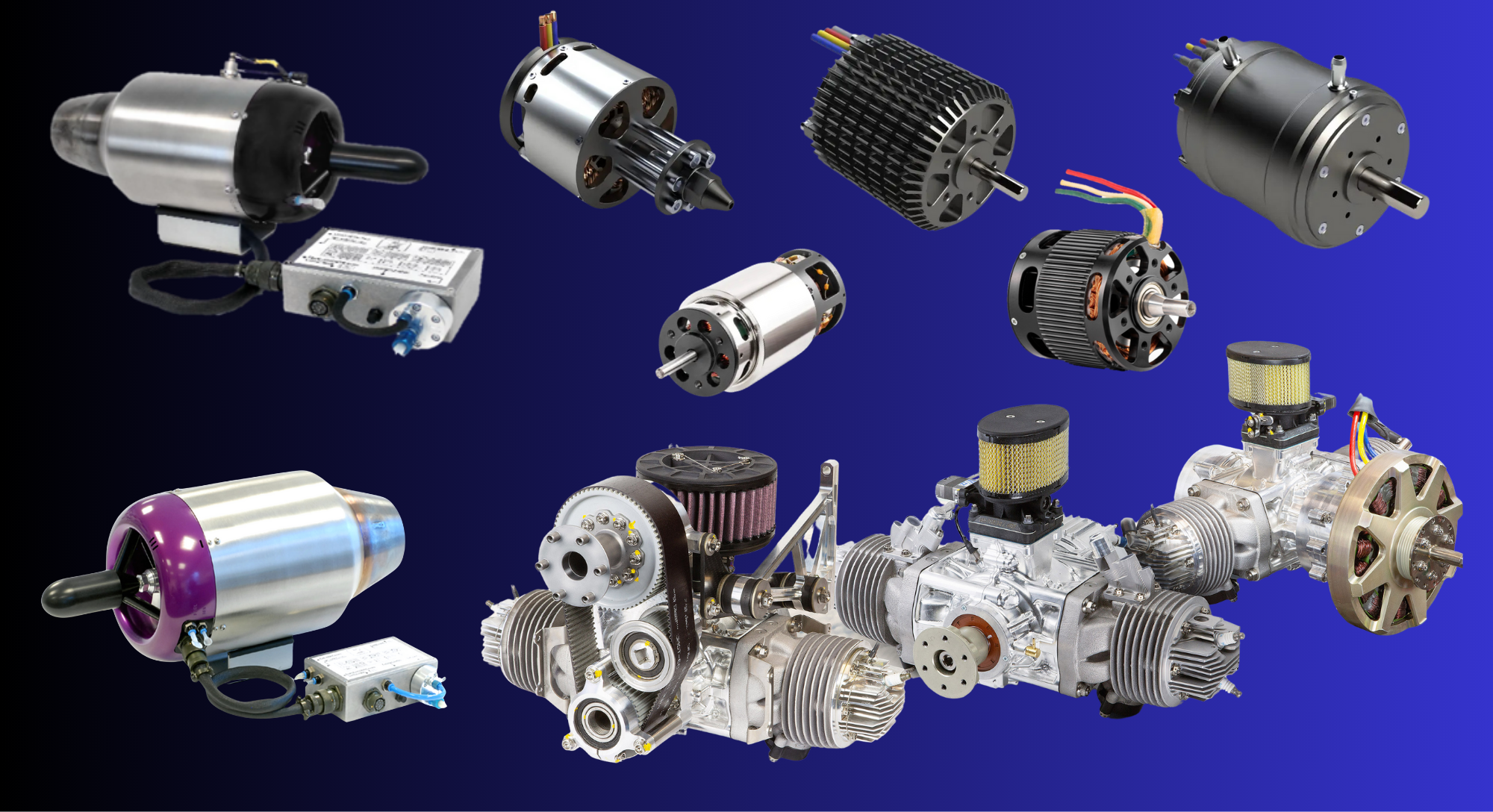Propulsion systems remain the most critical and often most underestimated component of any unmanned aerial vehicle. While airframes and payloads capture attention, it’s the propulsion ecosystem that ultimately determines mission capability, endurance, and operational flexibility. We have carved out a distinctive role by connecting cutting-edge European manufacturers with the demanding U.S. market, offering solutions that span both combustion (2-stroke and turbines) and electric technologies through strategic partnerships with the likes of Suter Industries/CAE GmbH, AMT Micro Turbines and Plettenberg.
Beyond the Engine: Understanding Integrated Propulsion
A complete UAV propulsion system encompasses far more than the power source alone. The motor sits at the center of an integrated ecosystem that simultaneously keeps the aircraft airborne and generates electrical power for avionics and payloads. The engine management system interacts with flight computers, continuously monitoring cylinder head temperature, exhaust gas temperature, throttle position, and manifold air pressure while calculating real-time fuel consumption.
The engine mounts must effectively isolate sensitive payloads and camera systems from harmful vibrations that degrade image quality and sensor performance. The propeller configuration, whether direct-driven or utilizing gear reduction systems, dramatically affects both thrust generation and acoustic signatures. Larger propellers operating at reduced speeds deliver increased thrust with lower noise profiles, a consideration that grows increasingly important across military and civilian applications alike.
Suter Industries/CAE GmbH: Where Racing Meets Aerospace
The combustion engine solutions available through UAV Propulsion Tech emerge from a highly effective collaboration between Suter Industries (Switzerland) and CAE Engines (Germany). This partnership merges high-performance racing engine expertise with specialized UAV engineering.
From Grand Prix to Aerospace
Eskil Suter founded Suter Racing in 1996 after establishing himself as a successful Grand Prix racing driver during the motorcycle racing era of the 1990s. The company built its reputation on the innovative “SuterClutch” and various high-performance components for competitive motorcycle applications. By 2015, Suter had developed and manufactured an entirely in-house four-cylinder 2-stroke racing motorcycle featuring the Suter500 engine, a testament to the company’s end-to-end engineering and production capabilities. This deep experience with high-performance 2-stroke engines would later prove invaluable when transitioning to UAV applications.
A Strategic Engineering Partnership
Suter has been applying racing-derived expertise to other markets since 2002, including automotive, aerospace, and defense sectors. Dietrich Kehe from CAE Engines collaborated with Suter to combine his 2-stroke aircraft engine experience with Suter’s racing 2-stroke engine design/production/testing experience. The Suter/CAE collaboration resulted in a family of worldclass propulsion solutions that are flying on advanced UAV platforms. All engines manufactured entirely in Switzerland to ISO 9001:2015 quality standards and are subjected to 100% testing before delivery with certificates of conformance.
The current Suter/CAE lineup comprises four distinct models engineered for varying operational requirements:
- TOA288: This twin-cylinder, horizontally-opposed, air-cooled two-cycle engine serves as the platform foundation. With 288cc displacement, it incorporates fuel-saving electronic engine management and a 1kW starter/generator system. Power output is 17.5kW (24HP) at 6500rpm, providing operational flexibility across different mission profiles.
- TOW288: A water-cooled variant of the 288cc gasoline platform offers enhanced thermal management for applications demanding sustained high-power output in environments with low cooling airflow.
- TOA330-SDI: Featuring increased displacement to 330cc, this air-cooled gasoline engine delivers higher power while maintaining the proven architecture and reliability of the core platform.
- HF-TOA288-SDI: This air-cooled, semi-direct injected heavy fuel engine represents perhaps the most significant development in the lineup. Operating on Jet-A1, JP5, or JP8, it addresses critical military requirements for fuel flexibility, safety and logistics. These solutions also meet demanding shipboard requirements.
Every engine in the Suter/CAE range features automatic altitude and temperature compensation, maintaining consistent performance across diverse operational conditions. The 100% testing protocol and accompanying certificate of conformance reflect aerospace-grade quality control processes throughout the manufacturing workflow.
Plettenberg Elektromotoren: Electric Propulsion Engineering
UAV Propulsion Tech’s electric propulsion portfolio comes from Plettenberg Motors, a company whose 1935 founding predates the modern UAV industry by decades. Plettenberg specializes in rugged, tailored electric propulsion systems for uncrewed systems, aerospace, and defense applications.
Quality and Compliance
Manufacturing 100% of its products in Germany, Plettenberg operates under EN 9100:2018 certification (equivalent to AS 9100), the aerospace industry’s gold standard for quality management. The entire product portfolio maintains NDAA compliance, addressing critical supply chain requirements for U.S. defense applications.
Plettenberg’s comprehensive approach extends beyond motors alone. The portfolio encompasses electronic speed controllers (ESCs), starter and generator systems, and mission-critical accessories, enabling complete system integration from a single qualified source.
Three Levels of Customization
Plettenberg recognizes that UAV applications rarely conform to standardized specifications. The company offers three distinct customization levels:
- Commercial Off-The-Shelf (COTS): Over 30 standard motors across the NOVA, ADVANCE, and ORBIT series address a broad range of demanding applications. Complete datasheets accompany each motor, with typical lead times of 4-6 weeks for rapid deployment of proven configurations.
- Modified Off-The-Shelf (MOTS): Using identical mechanical components to COTS motors, MOTS solutions feature customized windings that determine the Kv (RPM/V) ratio. This enables precise adaptation to specific voltage and speed requirements without complete motor redesign. Plettenberg supports MOTS projects with engineering studies that include datasheets and performance simulations.
- Fully Custom (FC): Complex, application-specific requirements demand FC solutions. Available customization options include specialized housings and shafts, IP67 ratings, MIL-STD 810H or RTCA DO-160 compliance, special magnet wrapping for ultra-high RPM applications, redundant winding configurations, extreme temperature versions, frameless stator/rotor kits, single line replaceable units with integrated ESCs, and aerospace-grade connectors.
Drawing on more than 40 years of motor design and manufacturing experience, Plettenberg employs proprietary design and simulation tools backed by an extensive database of actual dynamometer measurements. This foundation enables highly accurate performance and thermal simulations for custom motor designs, reducing development risk while accelerating deployment timelines.
Motor Series for Diverse Applications
- NOVA Series: These inrunner BLDC motors feature extra-rugged closed housing construction with ingress protection ratings up to IP67. Engineered specifically for harsh environments including desert, snow, and seawater operations, the NOVA 4 and 15 series COTS products carry full MIL-STD 810H qualification. Despite their durability, NOVA motors achieve market-leading power-to-weight ratios with exceptional efficiency for extended endurance missions. The power range extends from below 1kW to 50kW. The recently introduced NOVA 15 LW variant targets UAS and aerospace applications specifically.
- ADVANCE Series: Featuring weight-optimized open housing construction, these inrunner BLDC motors deliver best-in-class power-to-weight ratios. Professional drones and other applications facing constraints in space, weight, and power supply represent ideal use cases. The ADVANCE series covers the 1kW to 5kW power range.
- ORBIT Series: These outrunner BLDC motors address space- and weight-constrained applications. Unlike typical outrunners in the market, the ORBIT series incorporates significantly more robust construction with a three-bearing design. Available power ranges from below 1kW to 15kW.
- Generators & Starters: Plettenberg designs complete generator and starter systems, including starter generator control units (SGCUs) for combustion engines in uncrewed systems and light aircraft. Generator output spans 500W to 15kW for payload and hybrid-power systems. Available configurations include external generators (separate from combustion engines), attachment kits (mounted to combustion engines), or integration kits (installed within combustion engine housings). These systems accommodate boxer engines, inline engines, and single-cylinder engines ranging from 100-650 cm³.
AMT Micro Turbines: Advanced gas turbine solutions for high speed UAV’s
UAV Propulsion Tech added AMT Micro Turbine’s advanced line of turbine engines to its propulsion family in 2024 in order to meet demand for high speed propulsion solutions for UAV and cUAV applications.
AMT Micro Turbines is located in the Netherlands and all motors are based on their own revolutionary design and unique axial flow turbine, giving exceptional thrust-to-weight ratios, with low fuel consumption and rapid acceleration times. Running on liquid fuel (Jet A1, JP5, JP8, diesel) they need no separate lubrication system – just one of the many innovative concepts that ATM developed, which are the industry standards. AMT’s present range of 4 turbines, have thrusts from 230N (51.7lbs) to 1569N (352lbs). The largest engine has been in full production since December 2018. A new engine in between Nike and Lynx (called Orion) will be available in early 2026 and will produce 600N (135lbs) of thrust.
AMT Netherlands is totally committed to the continual development of the efficiency and safety of their small gas turbine motors, and associated equipment they supply. Quality control is strictly maintained, and every turbine is assembled by skilled engineers and rigorously tested before dispatch to ensure that it meets precise performance and safety parameters. Prospective and existing Customers are welcome to visit AMT’s offices (by appointment) to learn more.
Leadership Through Technical Expertise
Bob Schmidt, the founder of UAV Propulsion Tech, with his technical background and decades of industry relationships bridges innovative engineering with practical applications. His focus centers on connecting UAV manufacturers, integrators, and developers with proven global technologies that enhance performance, reliability, and mission success. The objective remains straightforward: matching the right solutions with the right opportunities in a rapidly evolving UAV sector.
UAV Propulsion Tech is not merely a product supplier but a technically grounded partner committed to mission success for organizations seeking advanced propulsion solutions. UAV Propulsion Tech understands American regulatory requirements, export controls, and defense contractor needs. We can guide customers through compliance considerations while ensuring international suppliers meet necessary certifications and standards.
Get in touch if you’d like to know more!

